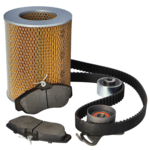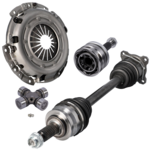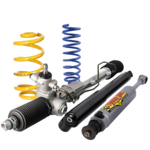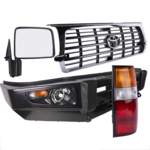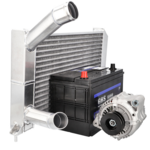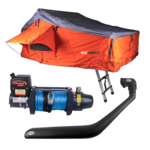Why replace your windscreen wiper blades?
A wiper blade has a lifespan of approximately 500,000 cycles (according to manufacturers), which corresponds to about one year of use.
This time takes into account not only the wiper motion cycle but also the annual temperature differences which also weaken the blades.
In this article, we are going to explain step-by-step how to change the wiper blades on your 4x4. First of all, all you need to do is choose the right wiper blades for your model. There are 3 types of blade, several different ways they attach to the wiper arm and a whole series of different lengths. Sounds confusing? Not all! Read on...
NB: if you own a vehicle with older generation wiper blades, it is possible to adapt a Flat Blade to take advantage of the advantages of this model.
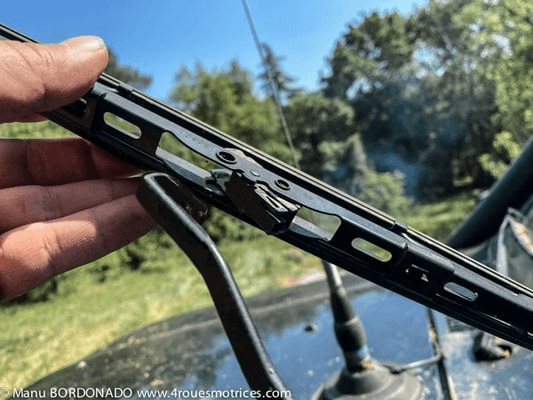
TOOLS
To replace the windscreen wiper blades on your 4x4 you will need:
- a screwdriver (depending on model)
- a new set of windscreen wiper blades.
DIFFICULTY
To give you an idea of the difficulty level of our tutorials, we note them from 1 to 5.
Replacing the windscreen wiper blades on your 4x4 is a level 1 job.
Types of attachment:
Here are examples of 3 different ways in which wiper blades are attached to the wiper arms:
Standard attachment or "J-hook"

1 - Most wiper arms have a standard J-shaped hook at the end. Blades that use this type of attachment are the easiest to find.


2 - Pull the arm away from the windscreen pivot the blade so the whole blade is perpendicular to the arm.


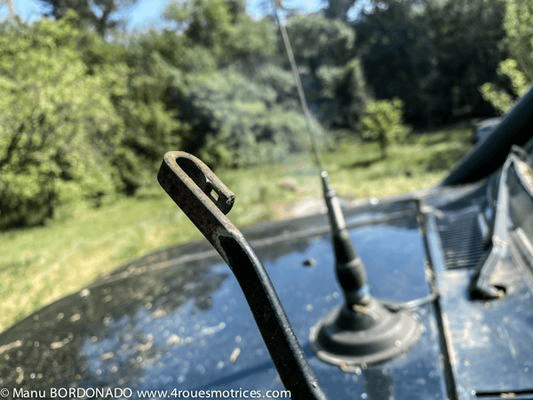
3 - Now just pull the blade down towards the base of the arm.
On some models you may have to locate the small release tab, but not all wipers will have this system.
4 - Just repeat the steps in reverse order to fit the new blade.
Japanese (older models)
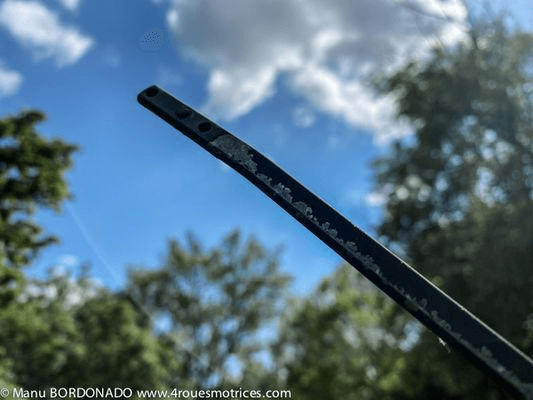



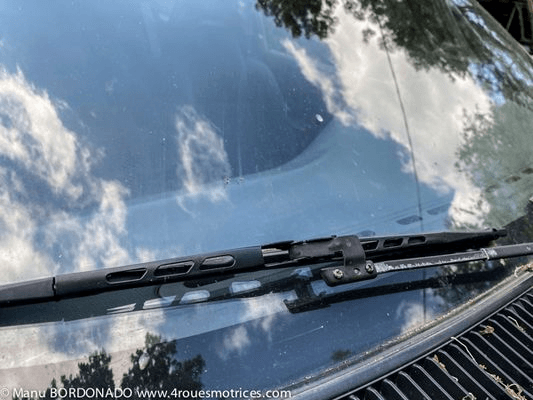
You will find this style of attachment on older Japanese & vintage vehicles. There is no hook on the end of the wiper arm and the blade is simply held in place with screws. Adaptor hooks exist so that you can fit the hook style blades described above.
You'll need that screwdriver for this style of wiper arm.
Range Rover attachment (older models)
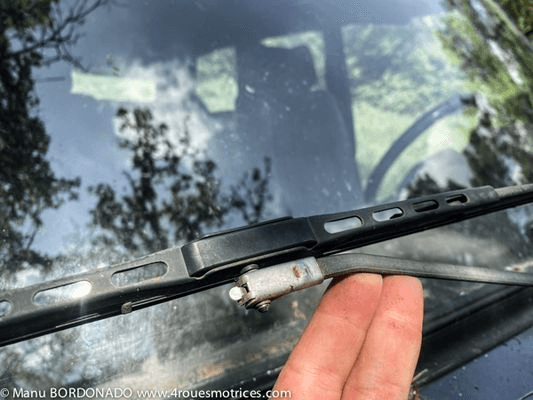
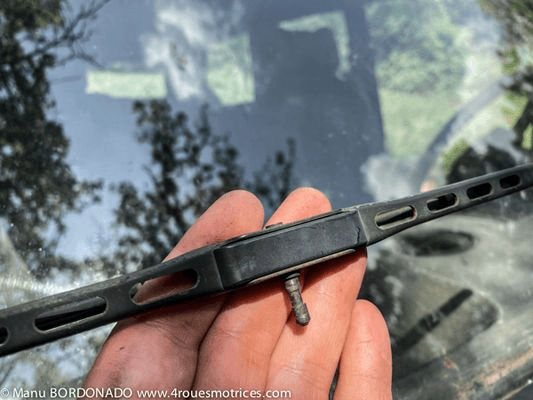
Older British & American models used a different type of attachment consisting of a side pin.
PLEASE NOTE
Depending the the brand an adaptor may be included.
If in doubt you can always use the attachment from your old wipers.
Different types of blade
Conventional blades: these wiper blades are made up of profiled rubber blades divided into several segments and stabilized with a metal frame.
Flat Blade blades: these wiper blades are used on all modern vehicles. THey feature a continuous frame in the blade of the wiper, allowing the pressure to be evenly distributed over its entire length, which improves the wiping. This system also optimizes the quality of wiping at high speed. Another important point to note is that a worn Flat Blade won't scratch your windshield, unlike old style blades
If you own a vehicle with older generation wiper blades, you can adapt a Flat Blade to take advantage of the benefits of this model.
Exact Fit blades: these wiper blades are designed for the rear window of new vehicles because they are profiled or molded to match the shape of the wiper arm.
Choose the correct wiper blades for your 4x4:
Credits - thanks to Manu Bordonado - blog.4rouesmotrices.com
Please note: Euro4x4Parts publishes this information to help its customers but cannot be held responsible for the advice given here and practical consequences therin.
Do it yourself, you'll be even prouder! To help you out, Euro4x4parts shares its know-how and expertise in mechanics through 4X4XPERT: new products, technical sheets, and personalized tutorials... You've got the keys!
And because we also learn from your experiences, your feedback is essential. Let us know your thoughts and suggestions by email: 4x4xpert@euro4x4parts.com
Check out our complete catalogue of 4x4 parts and accessories!
All the photos in our articles are taken on authorized roads or tracks, private land, or during supervised competitions. Let's all do our part to preserve the environment!
Please note: Euro4x4parts publishes this information to help its customers, but cannot be held responsible for the advice given here and their consequences when used.








